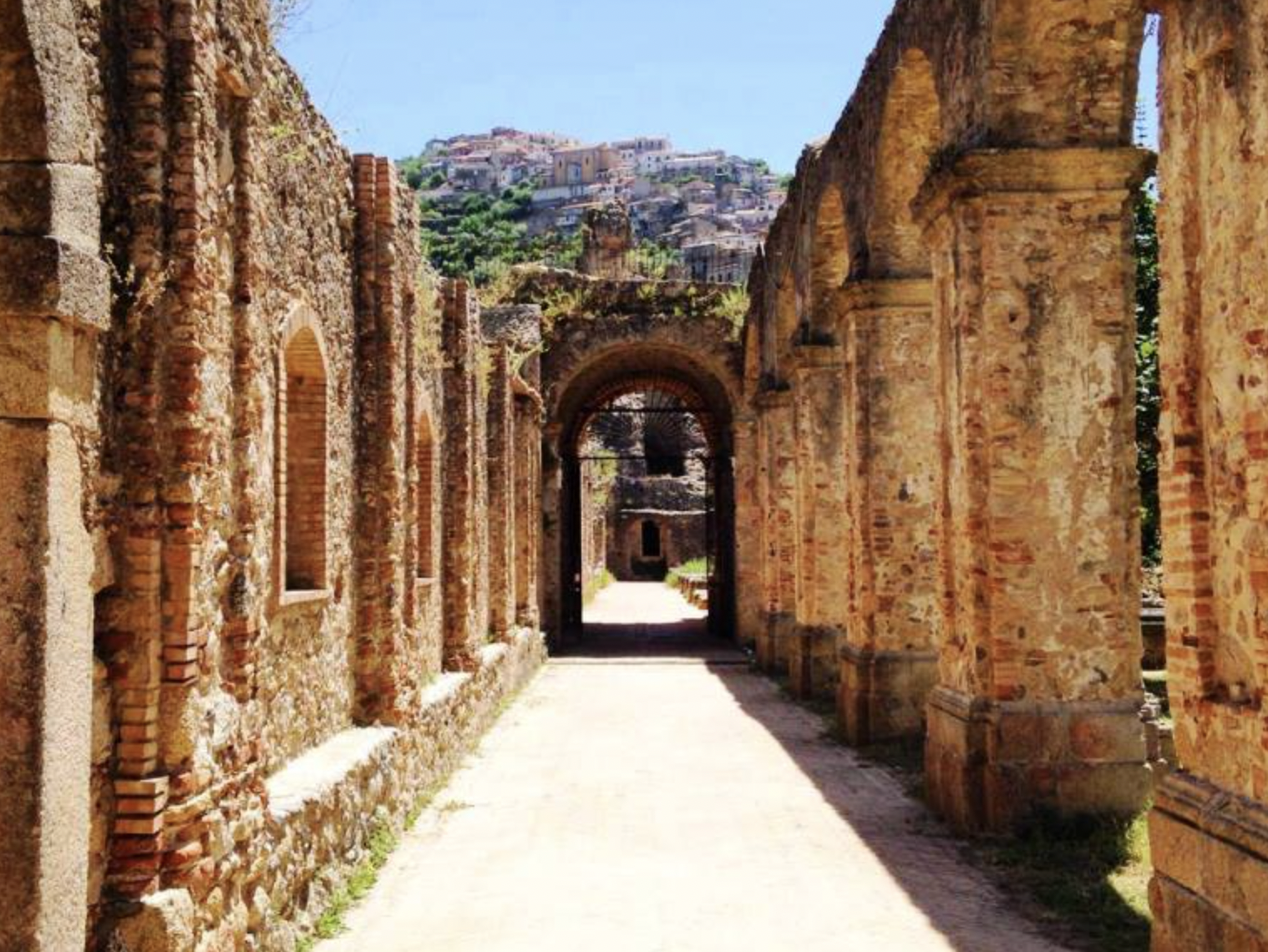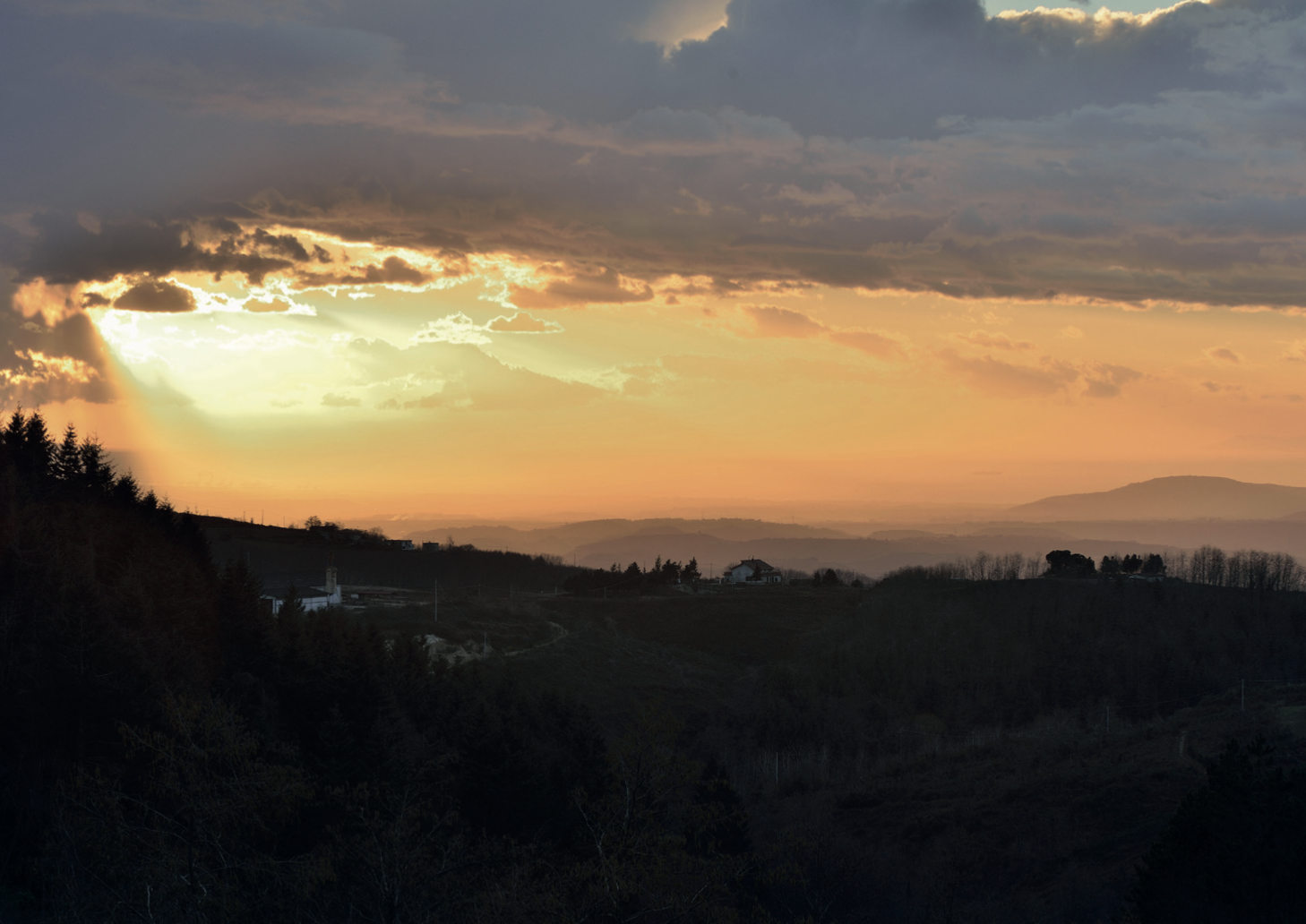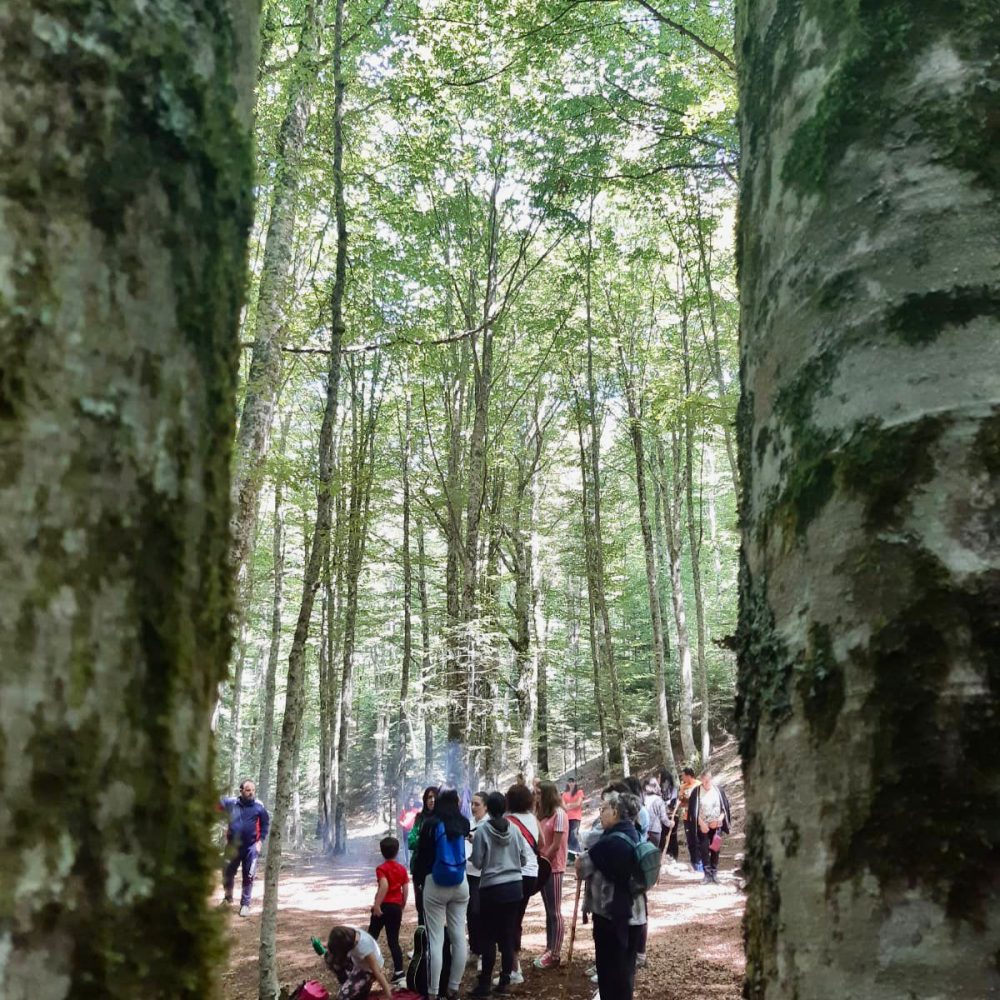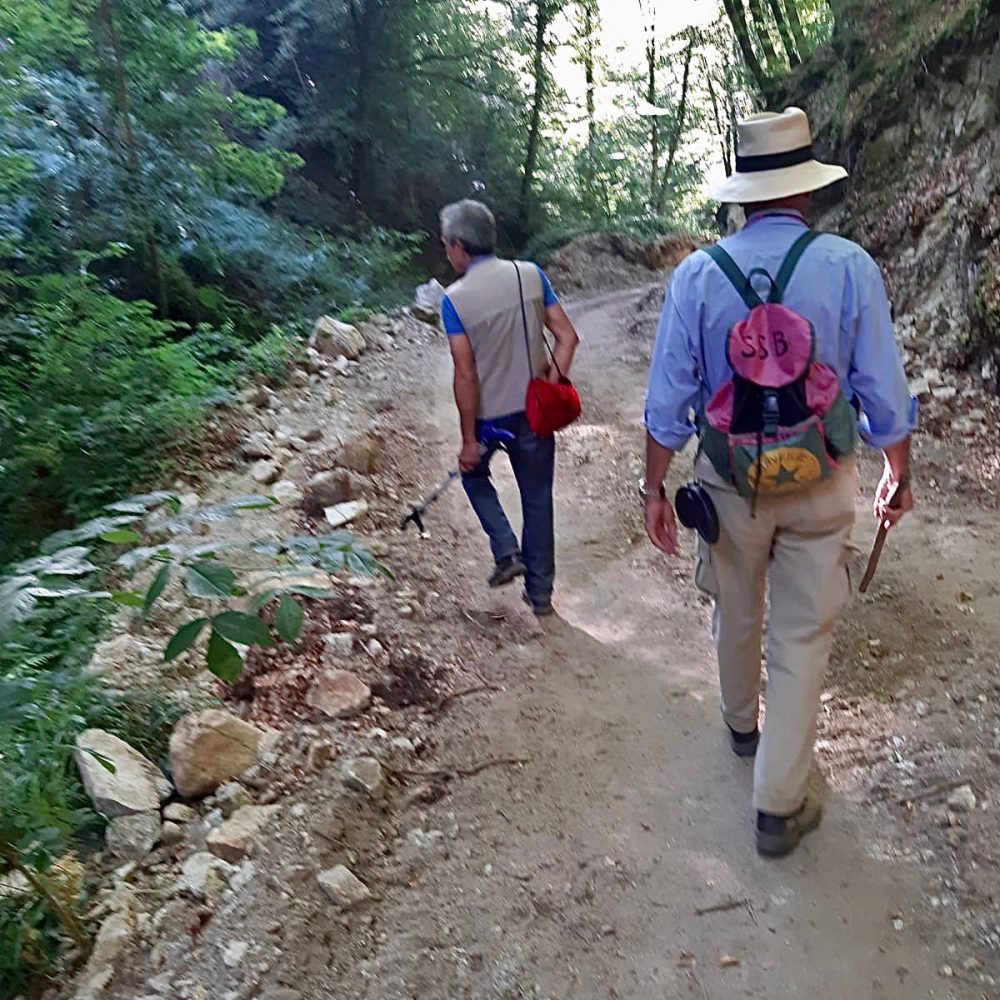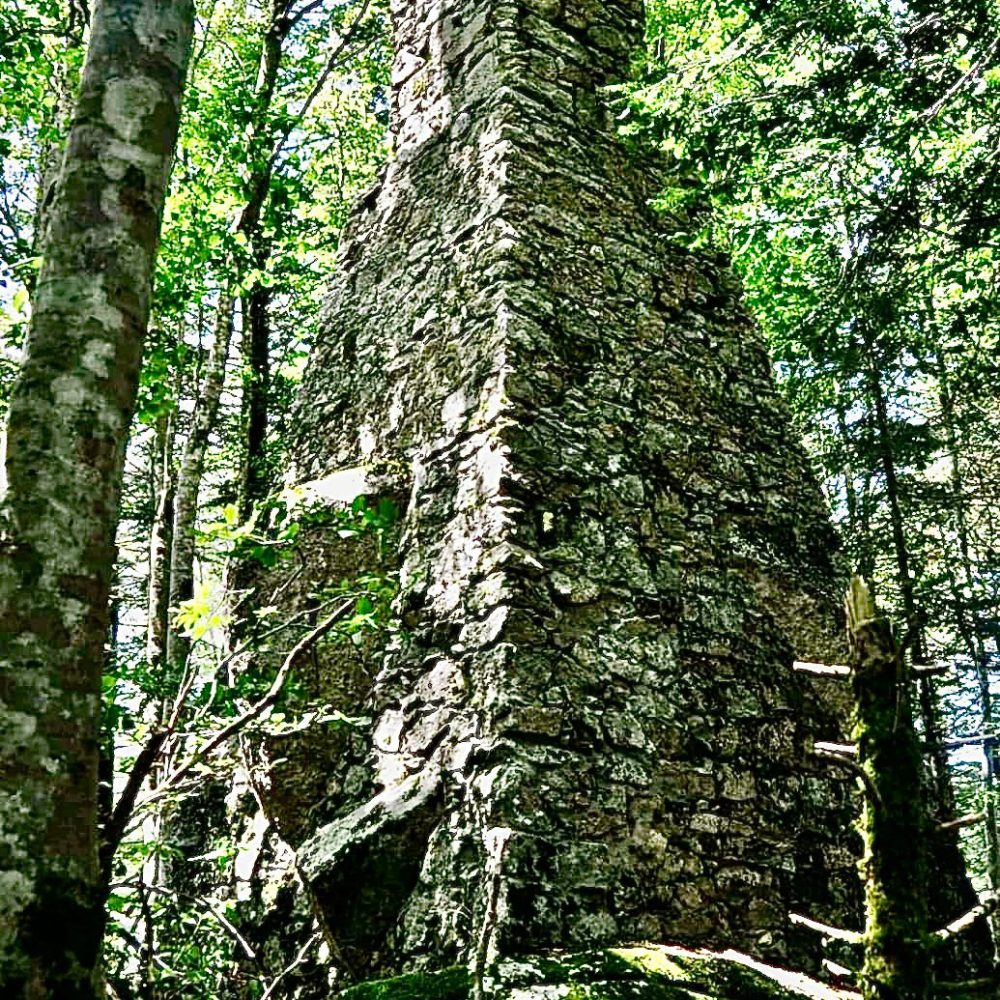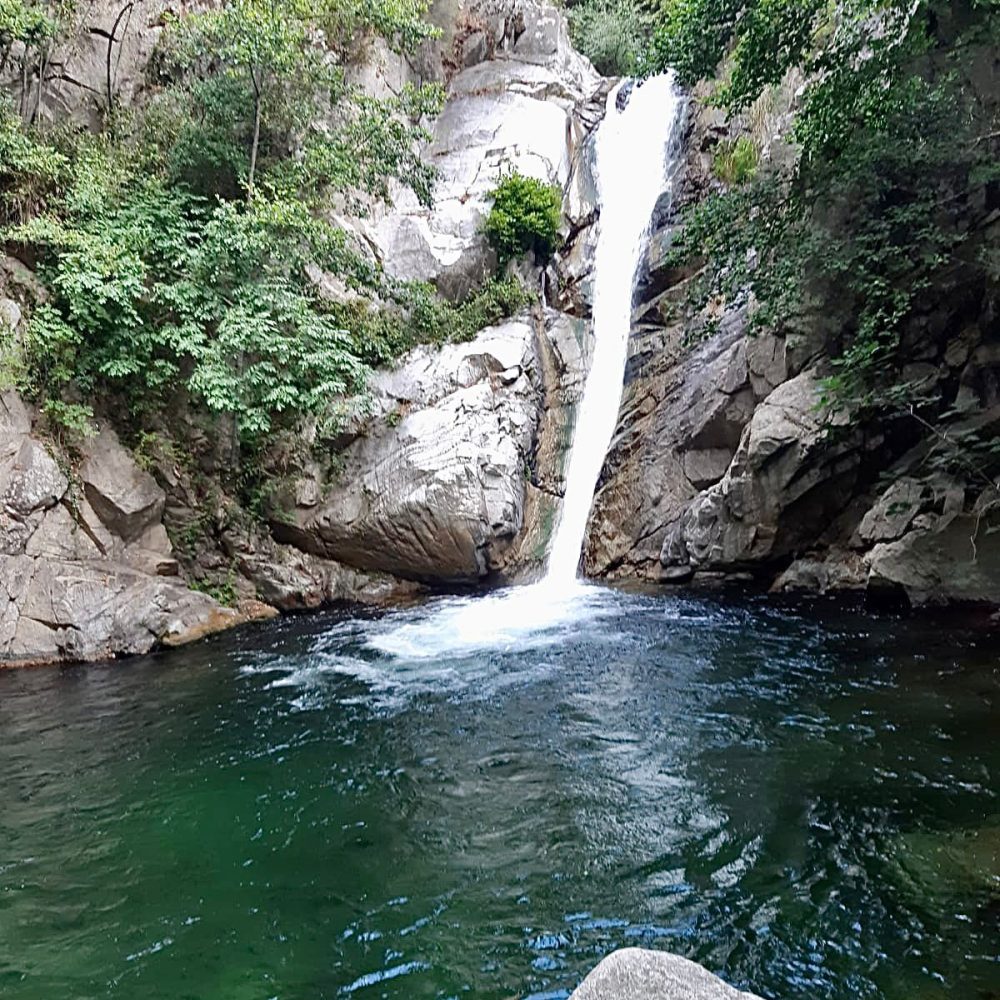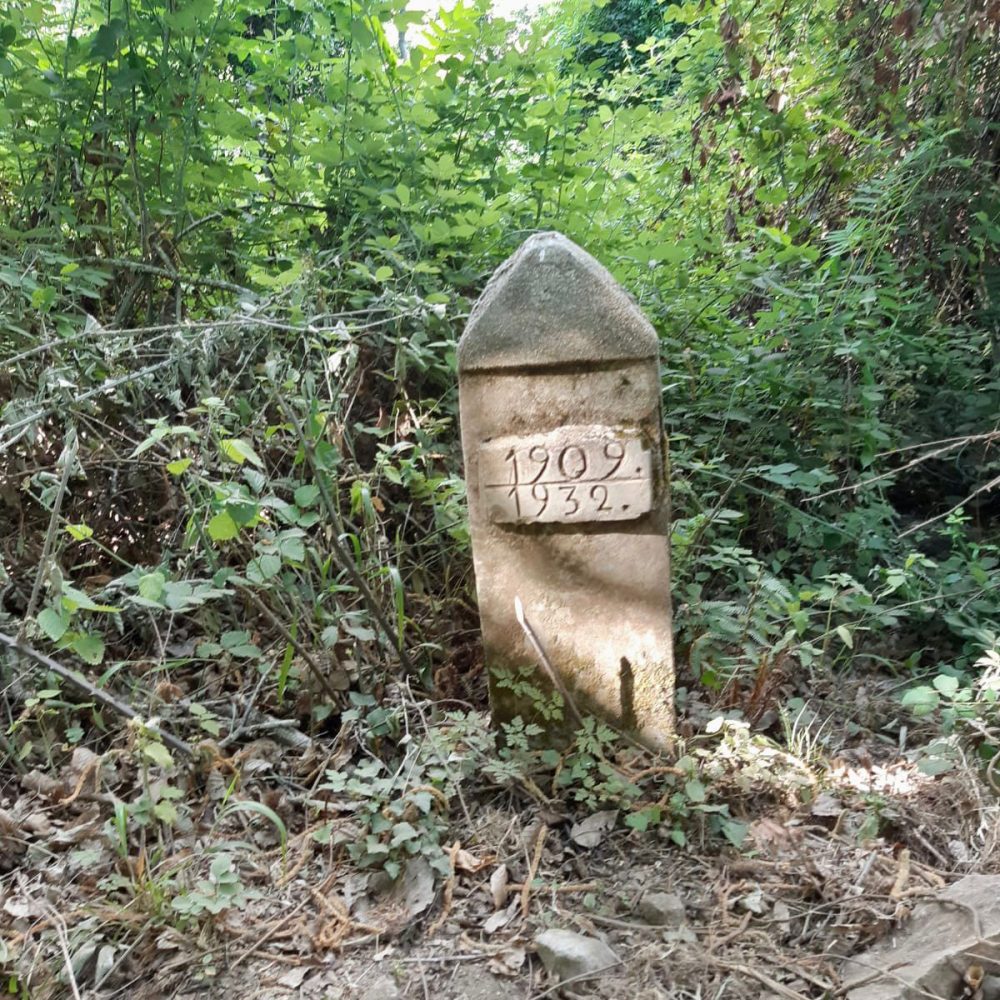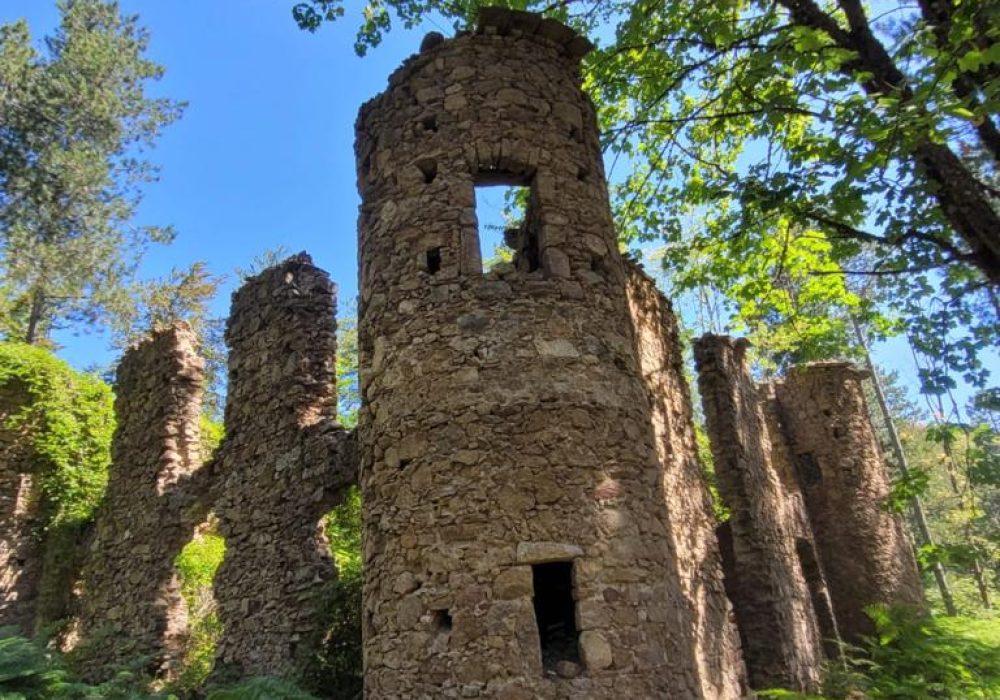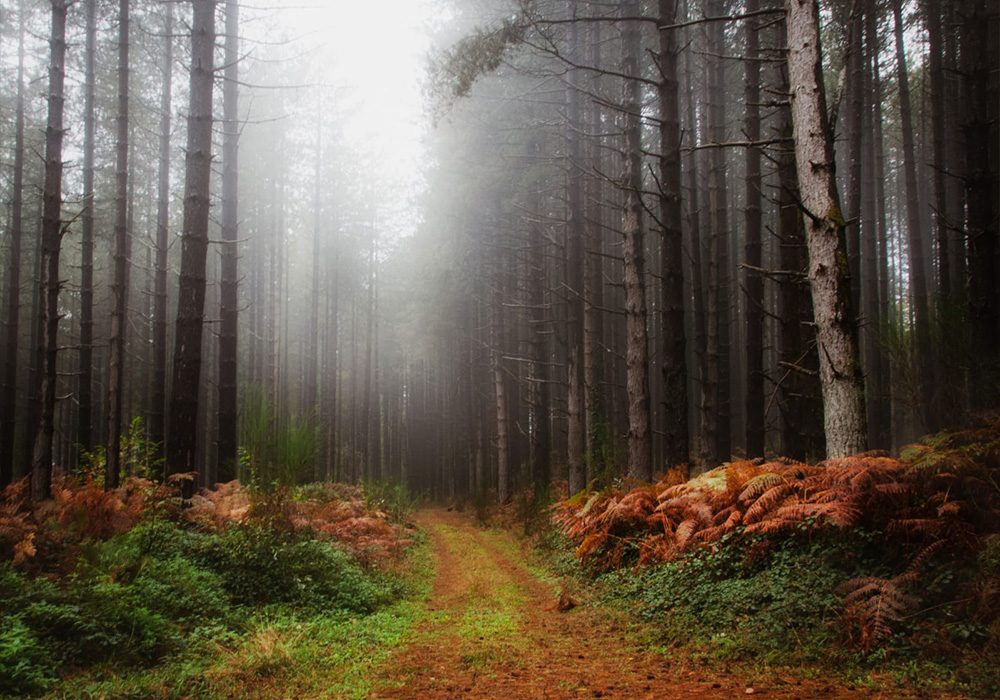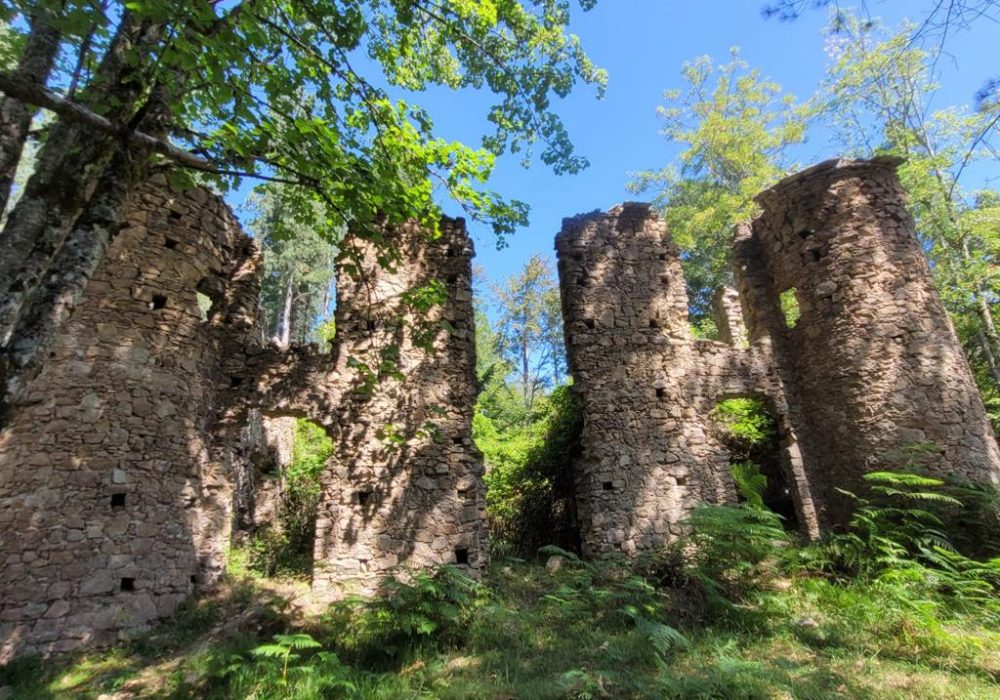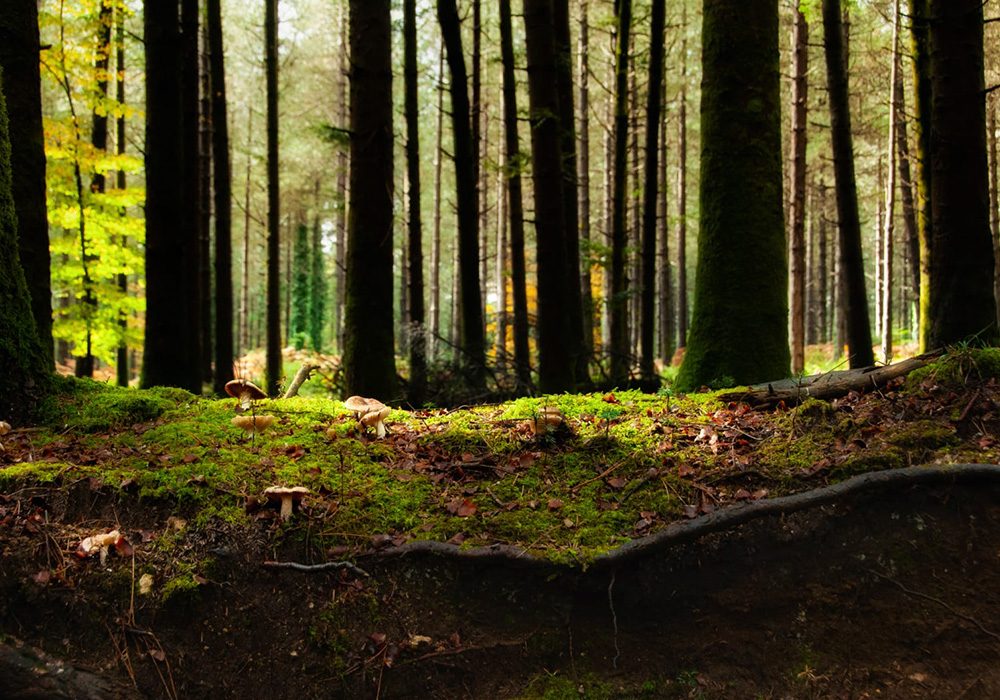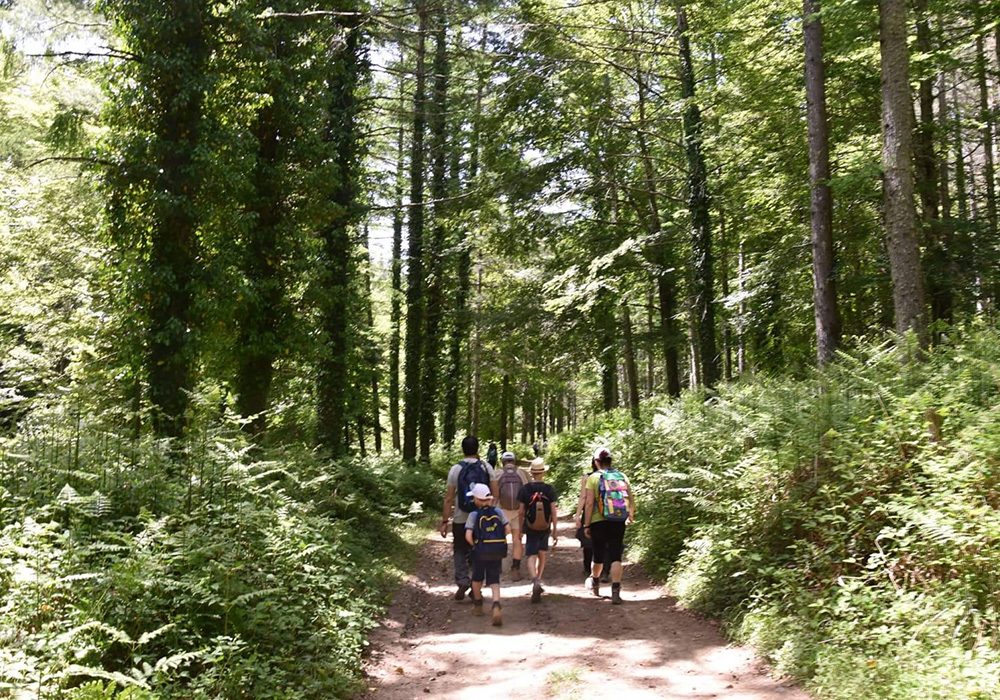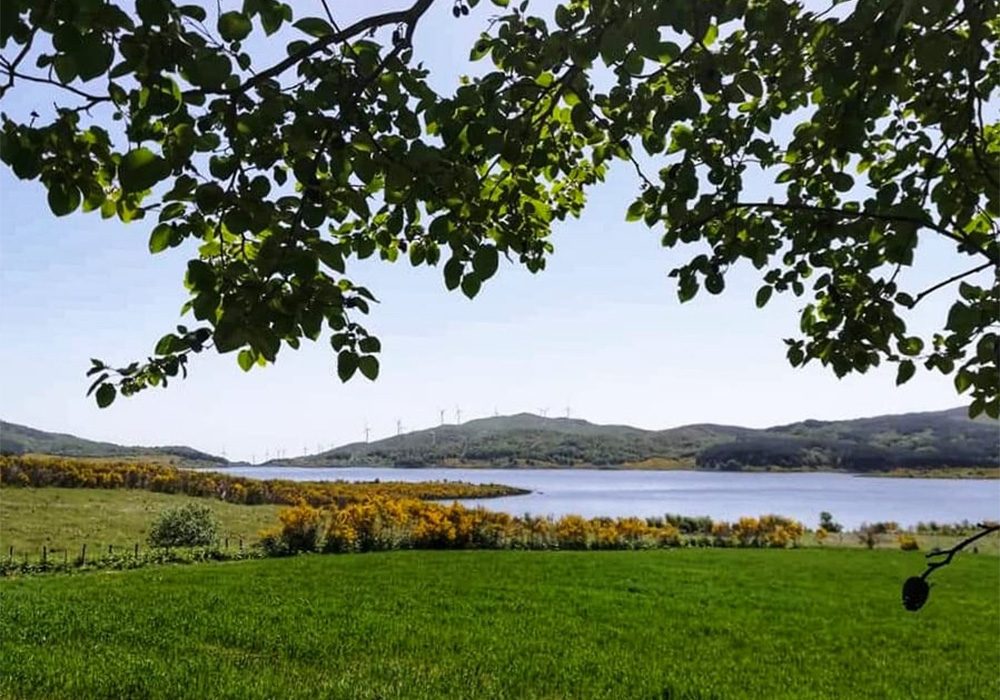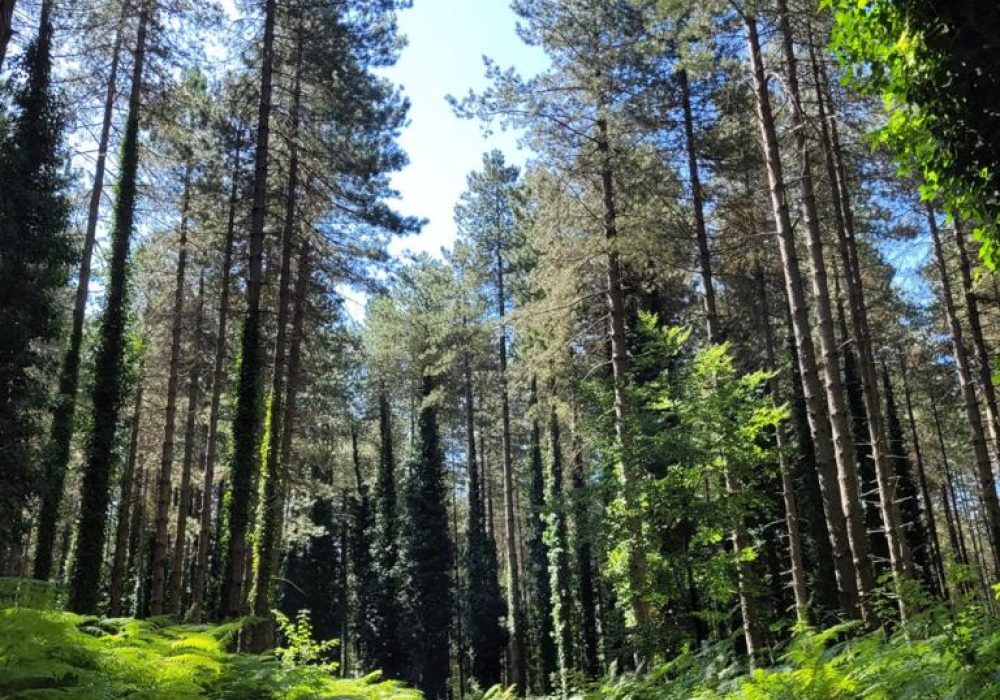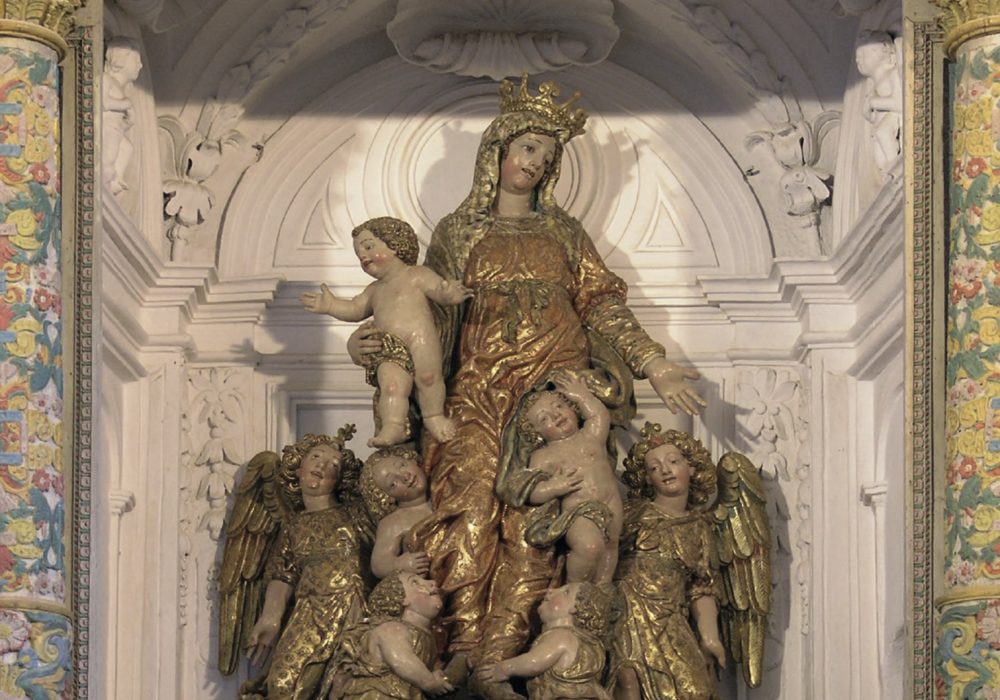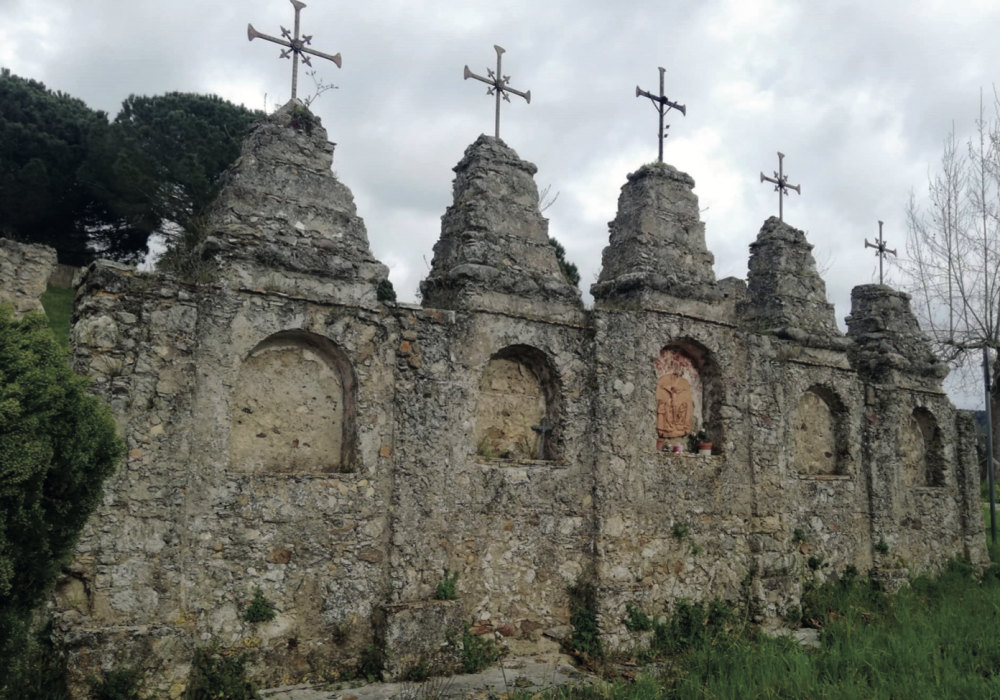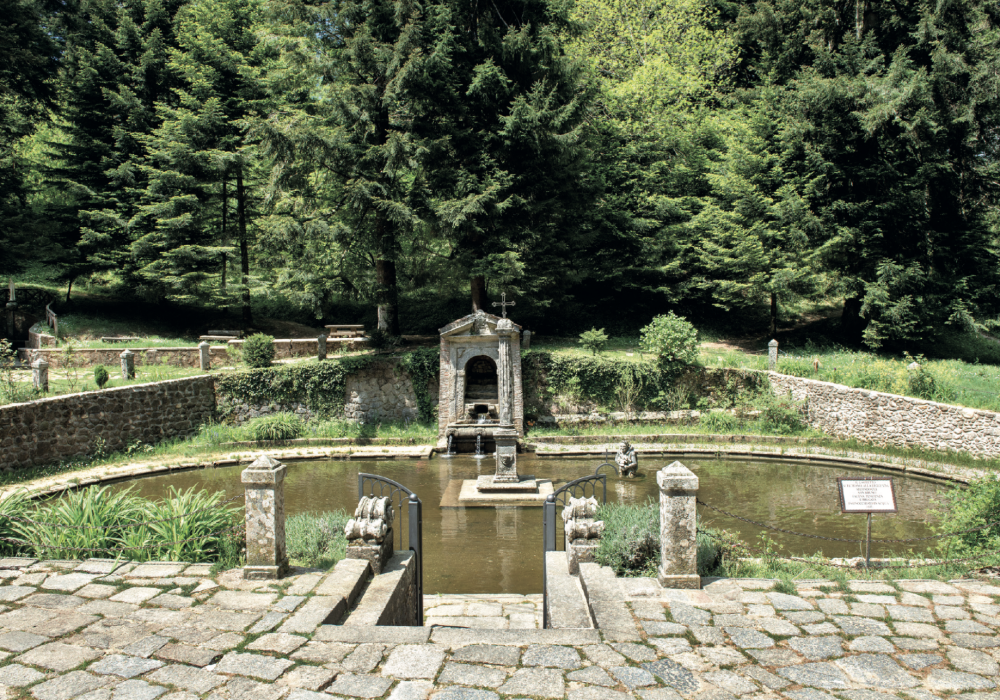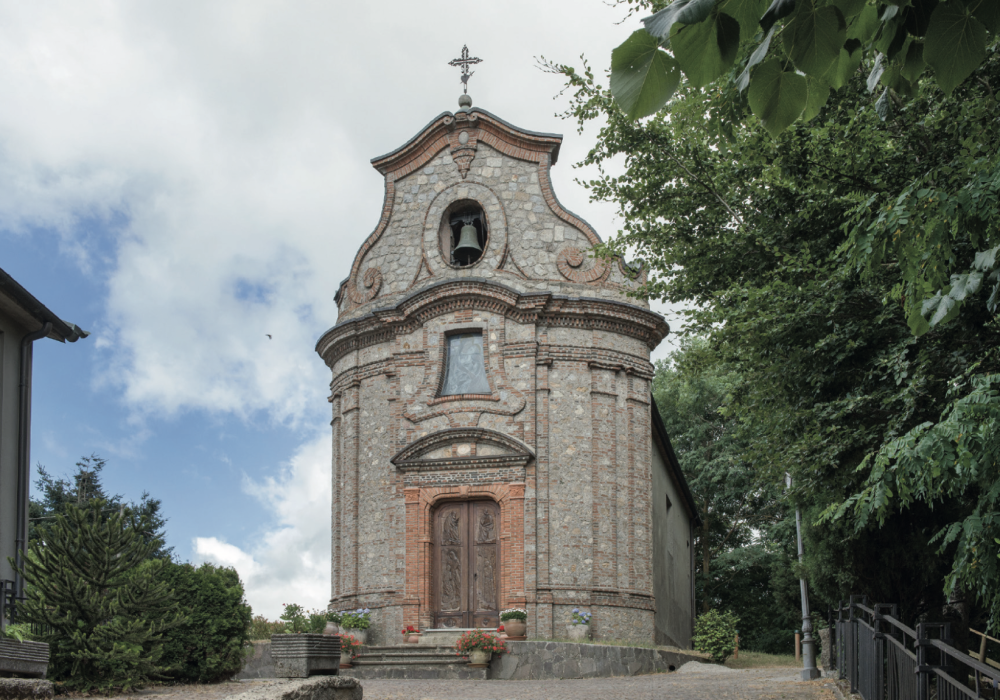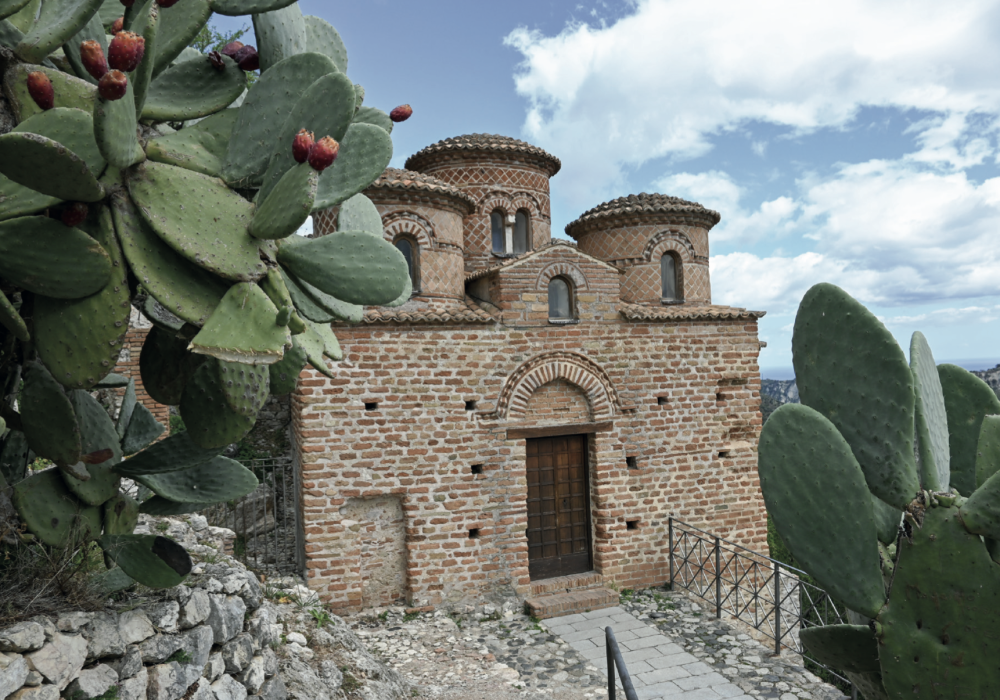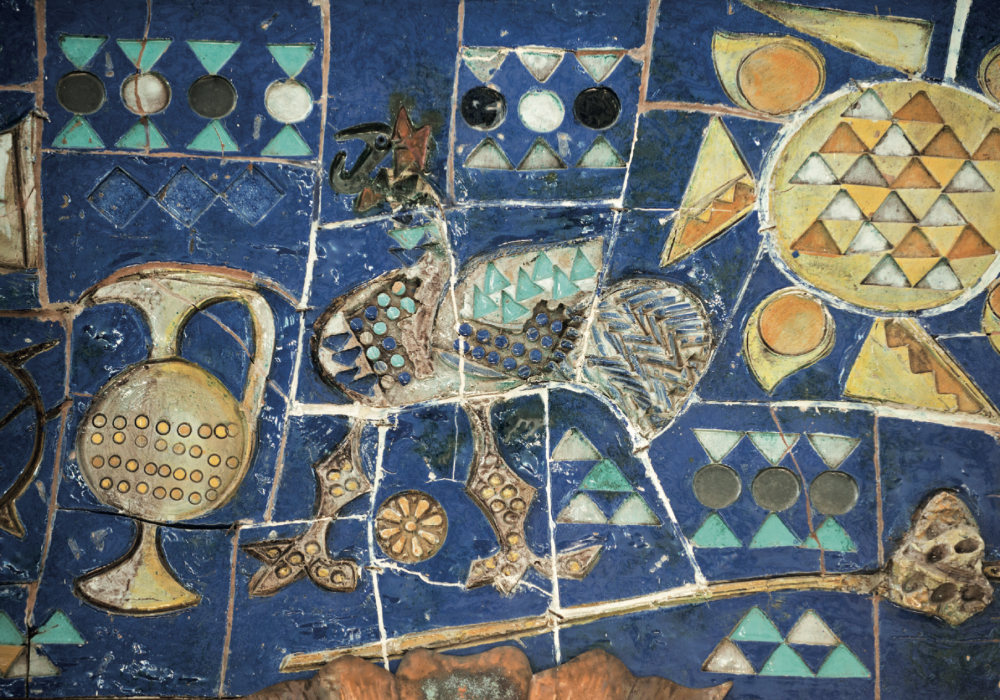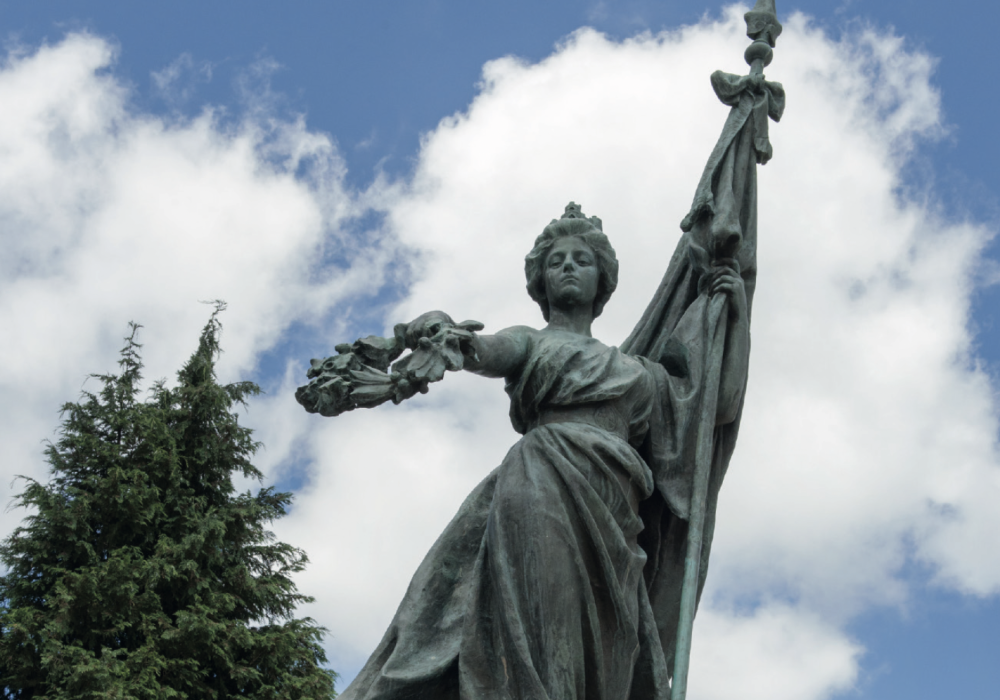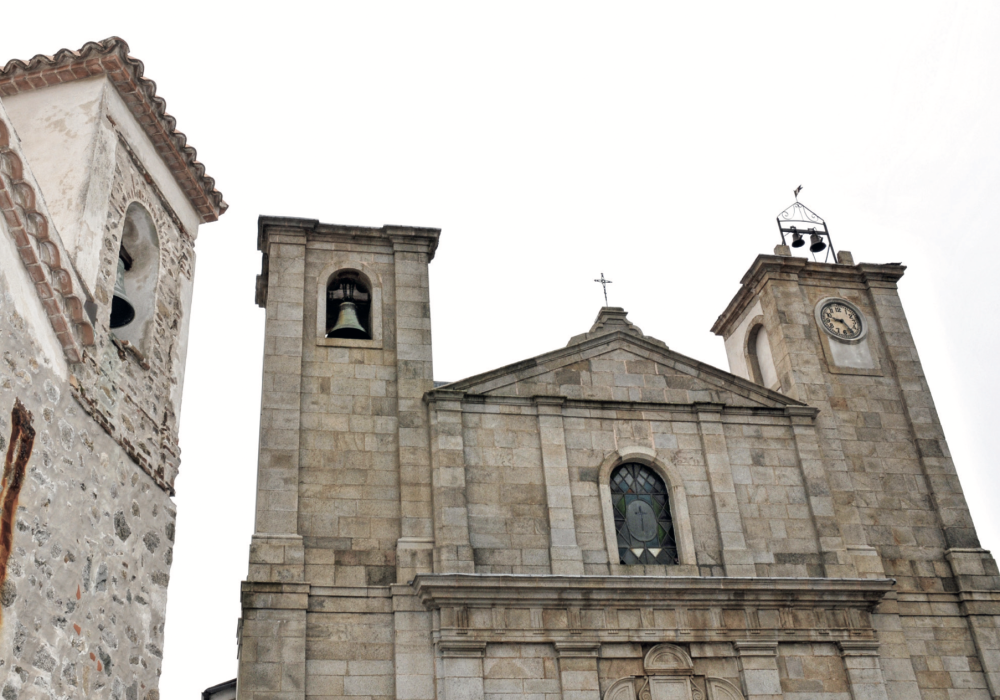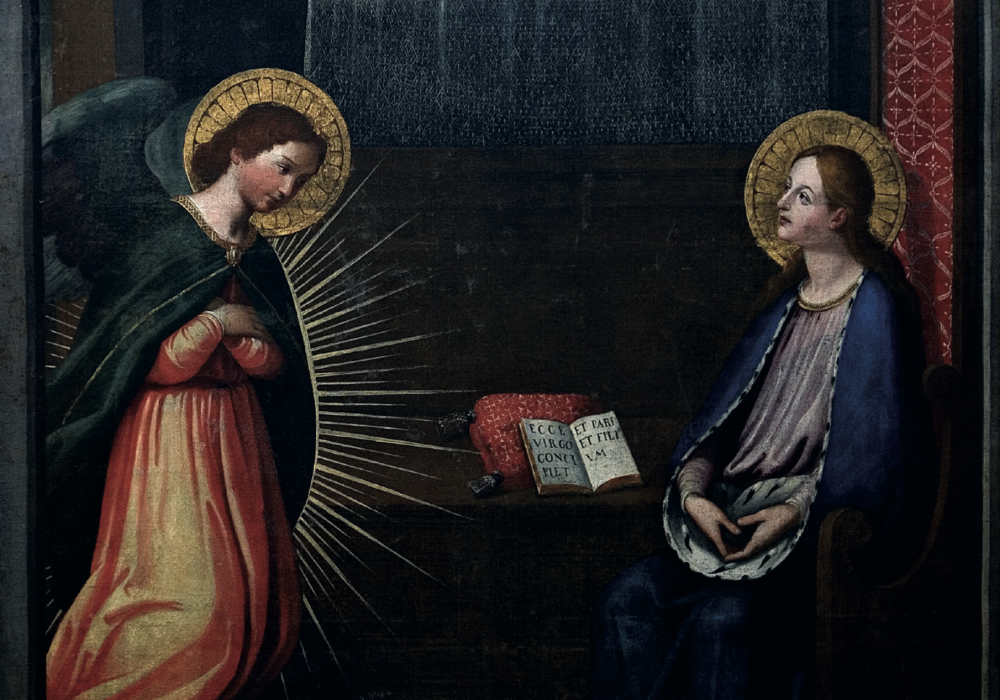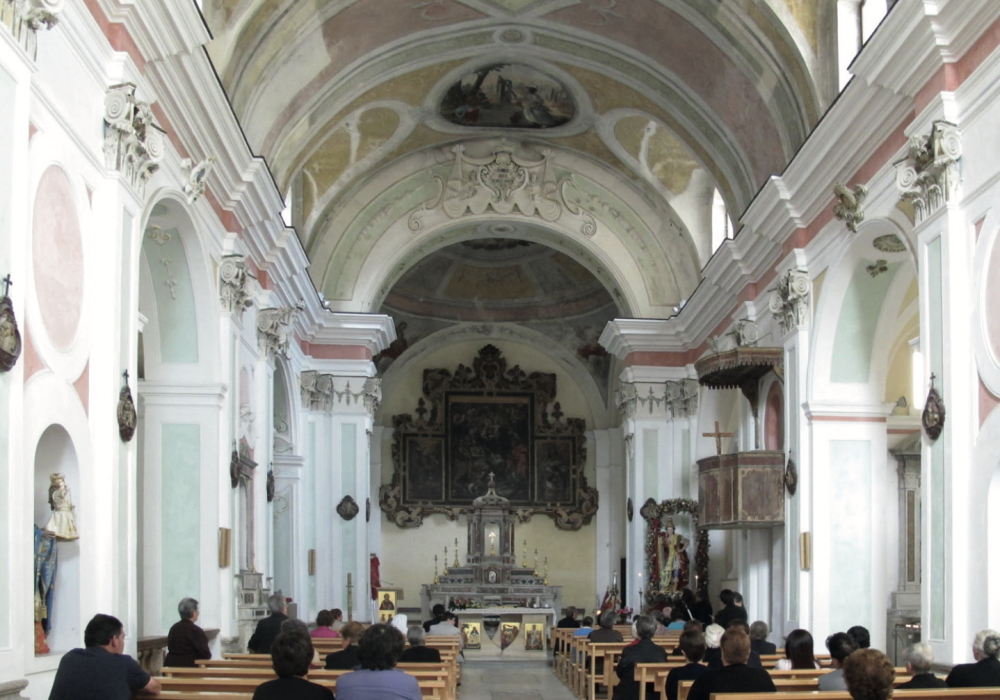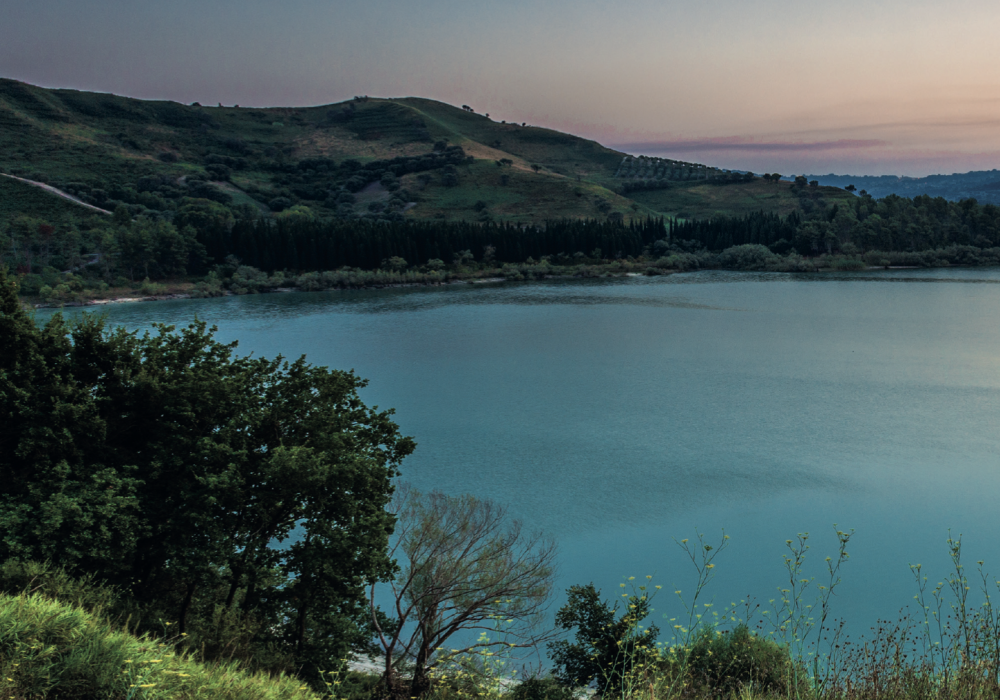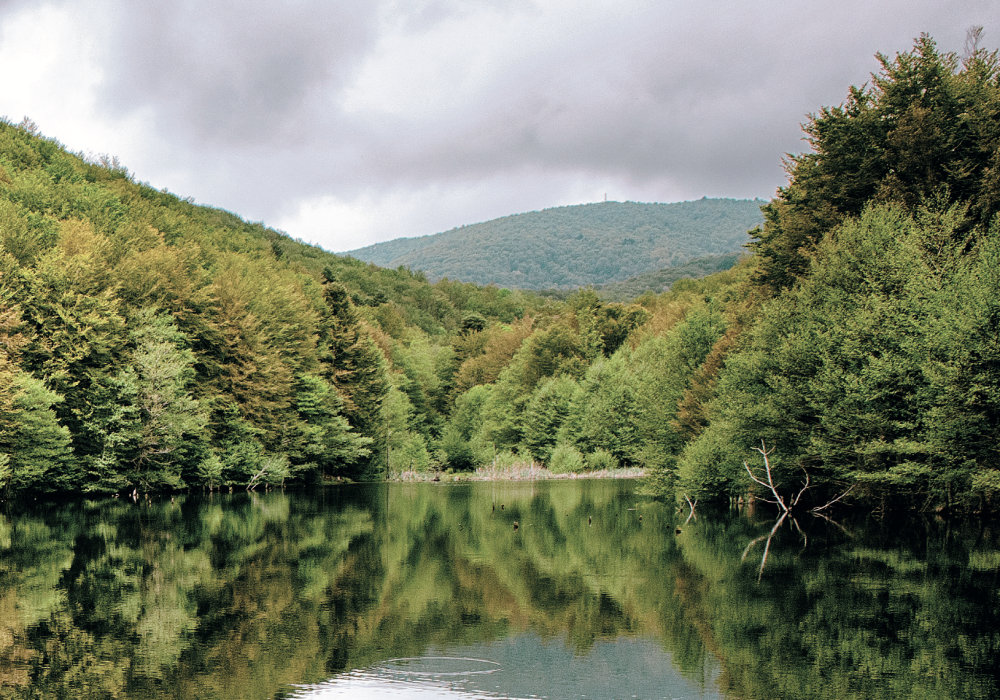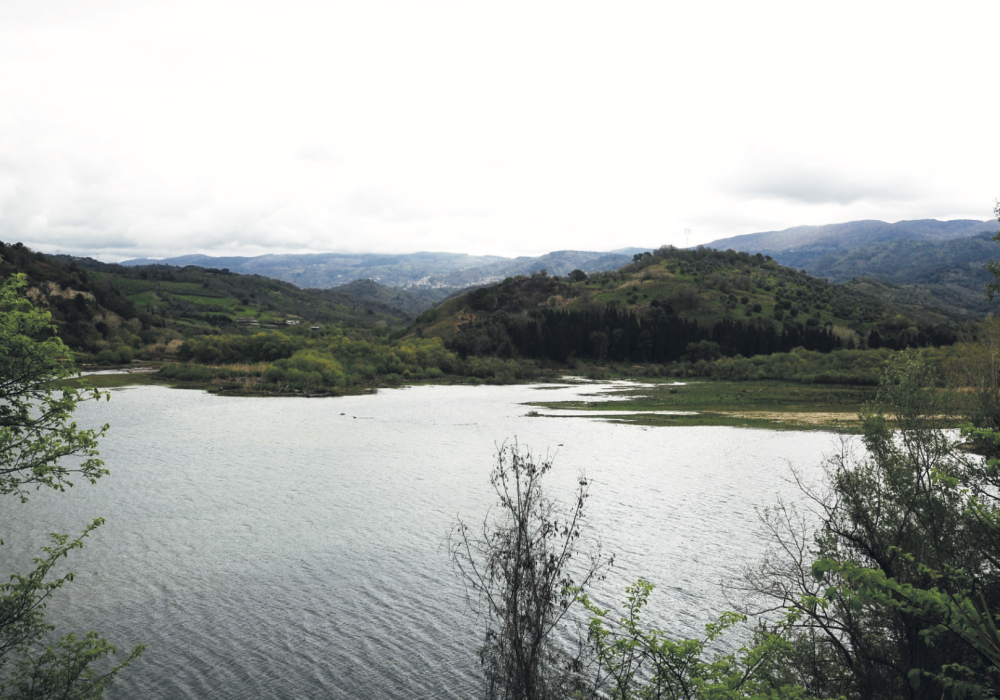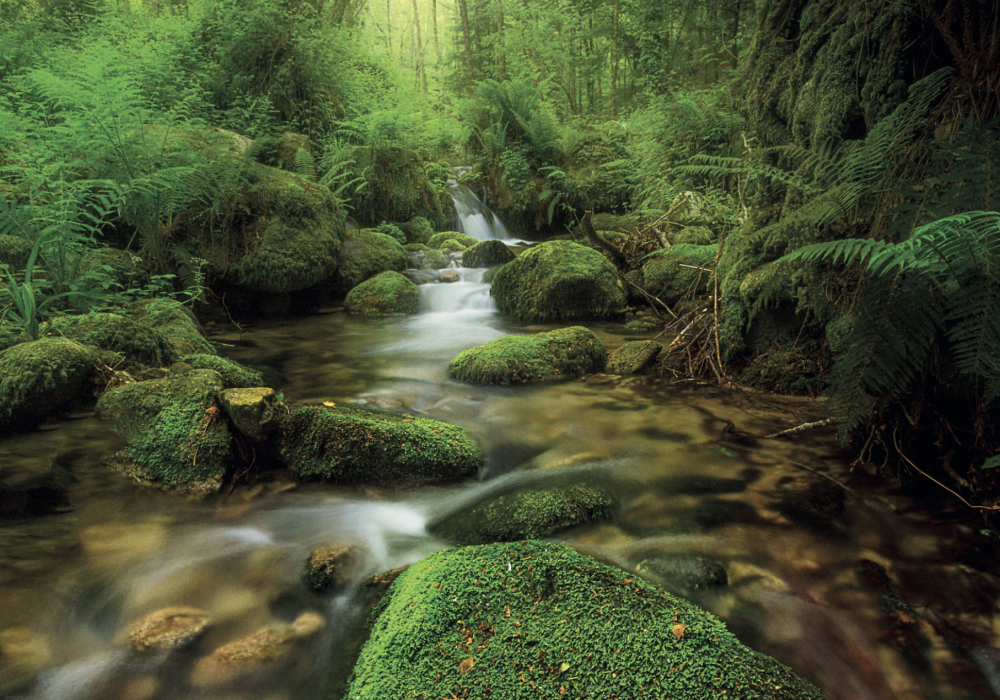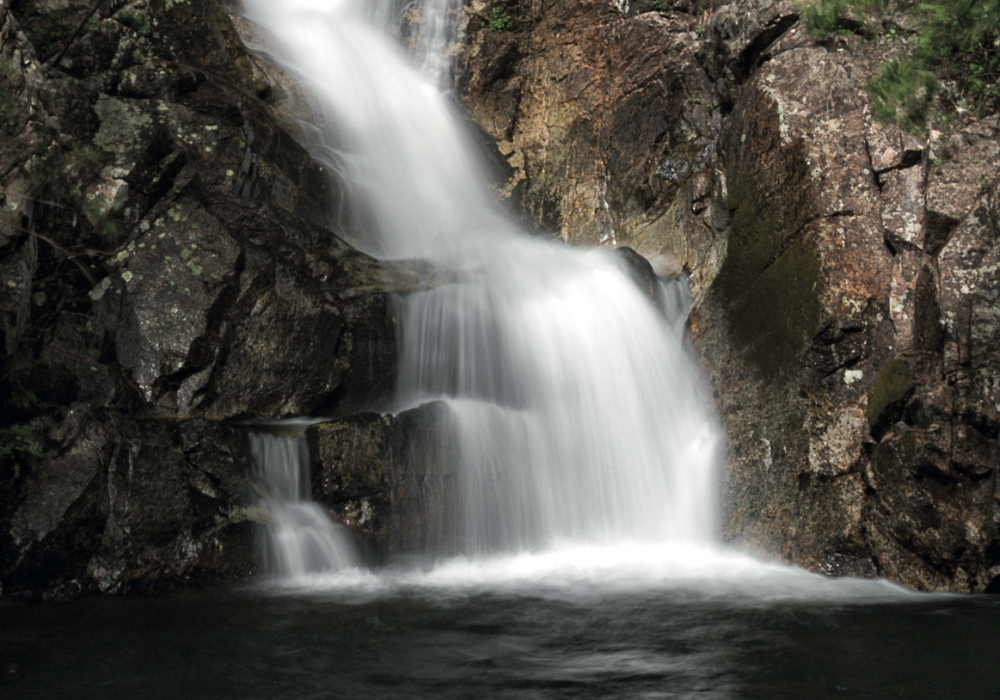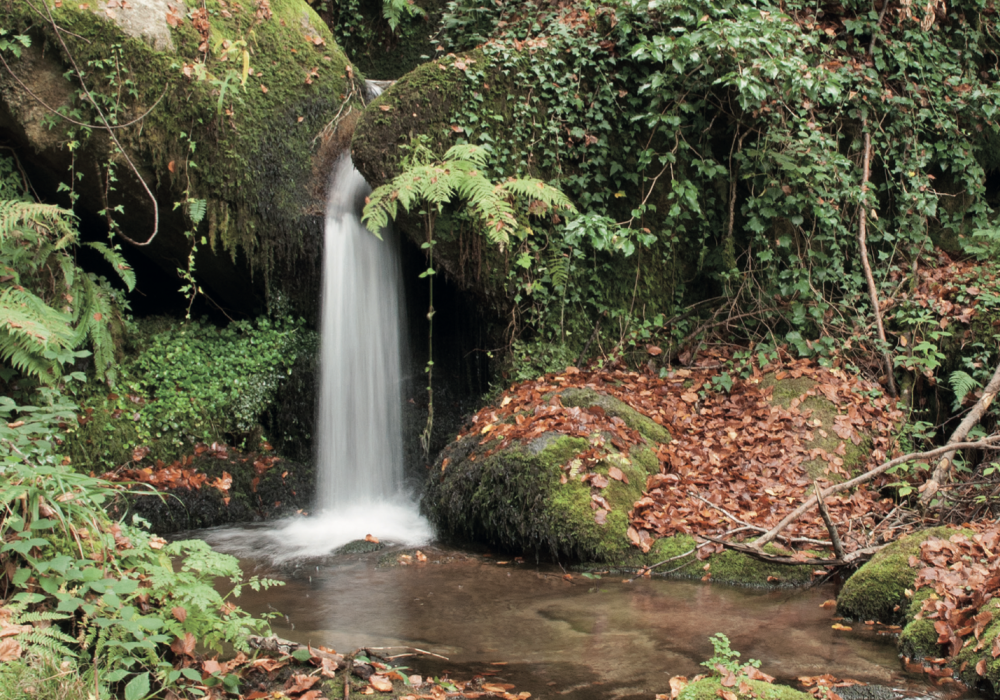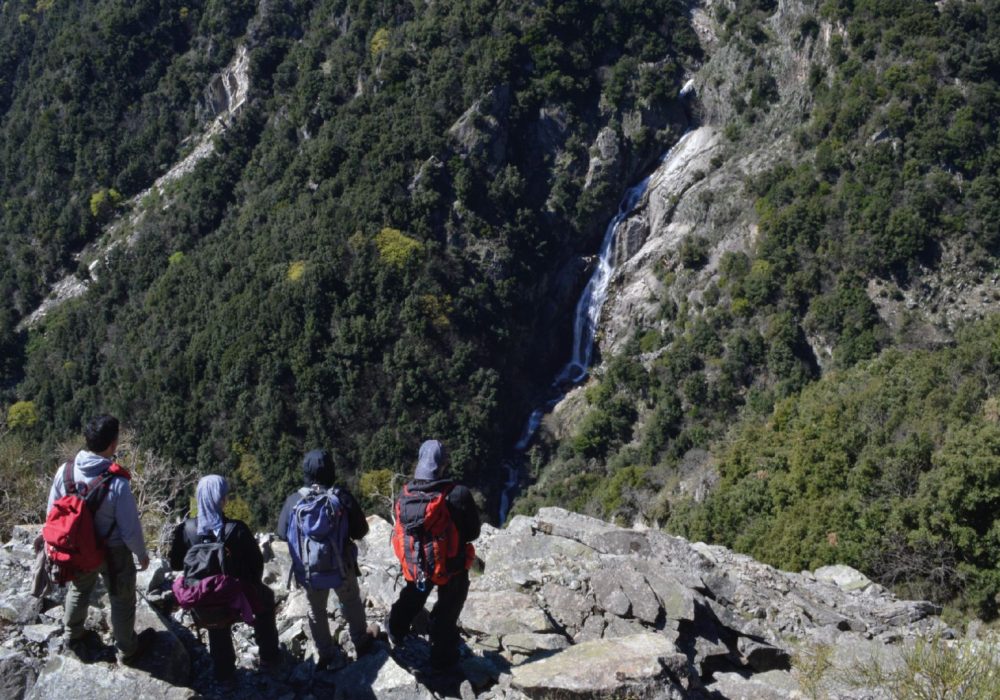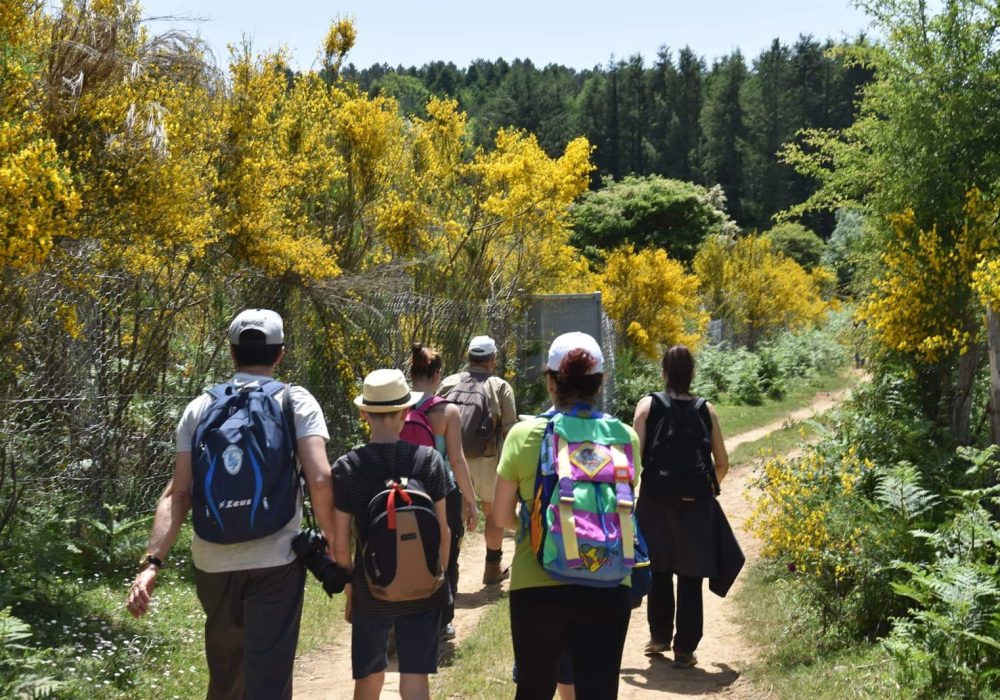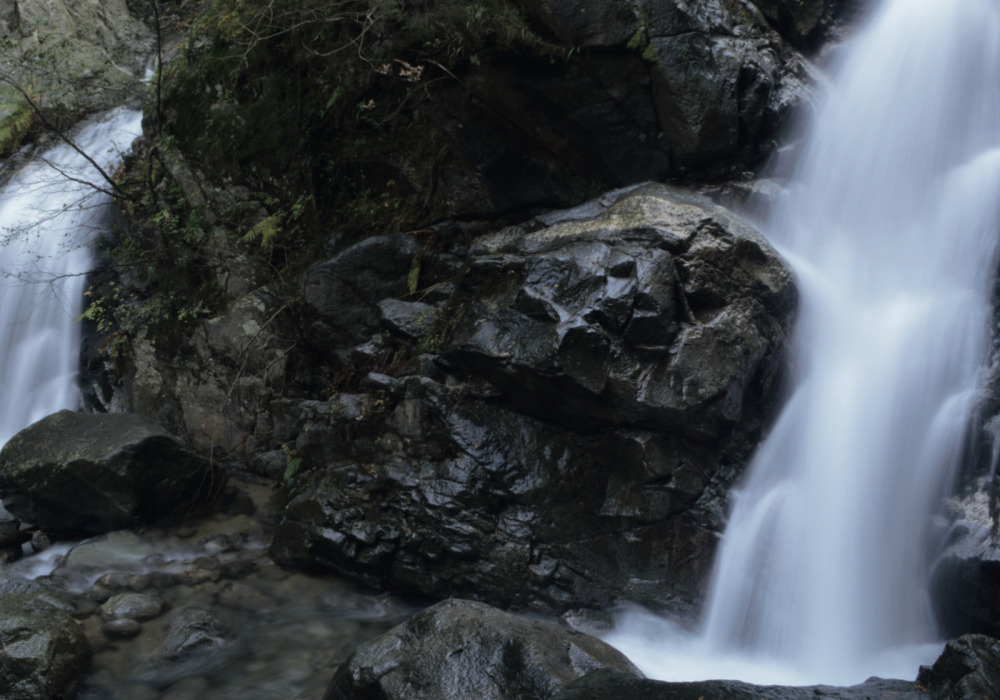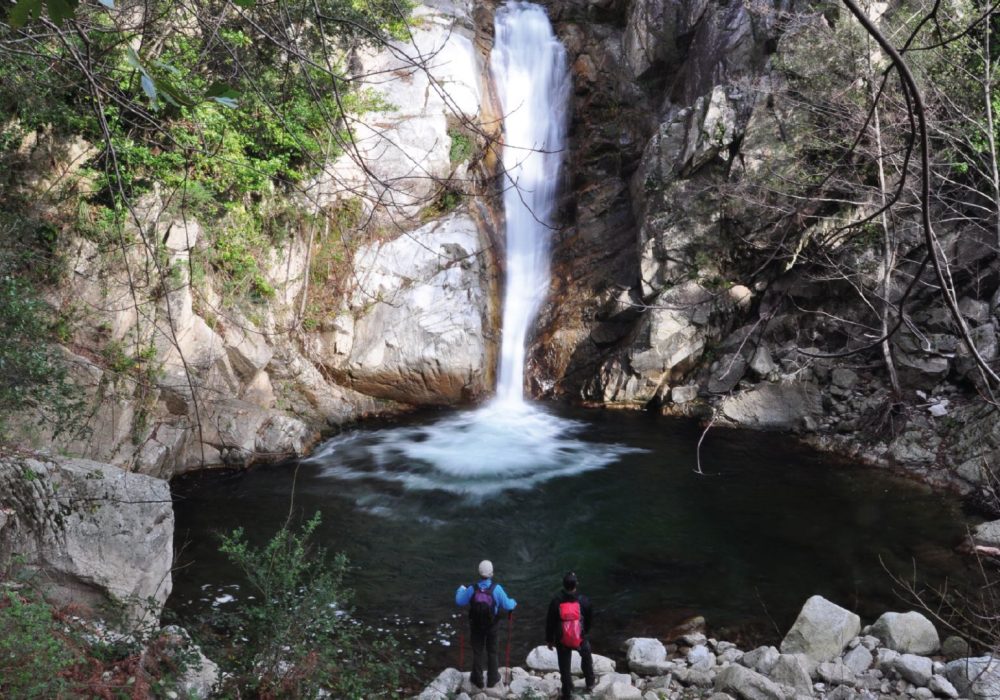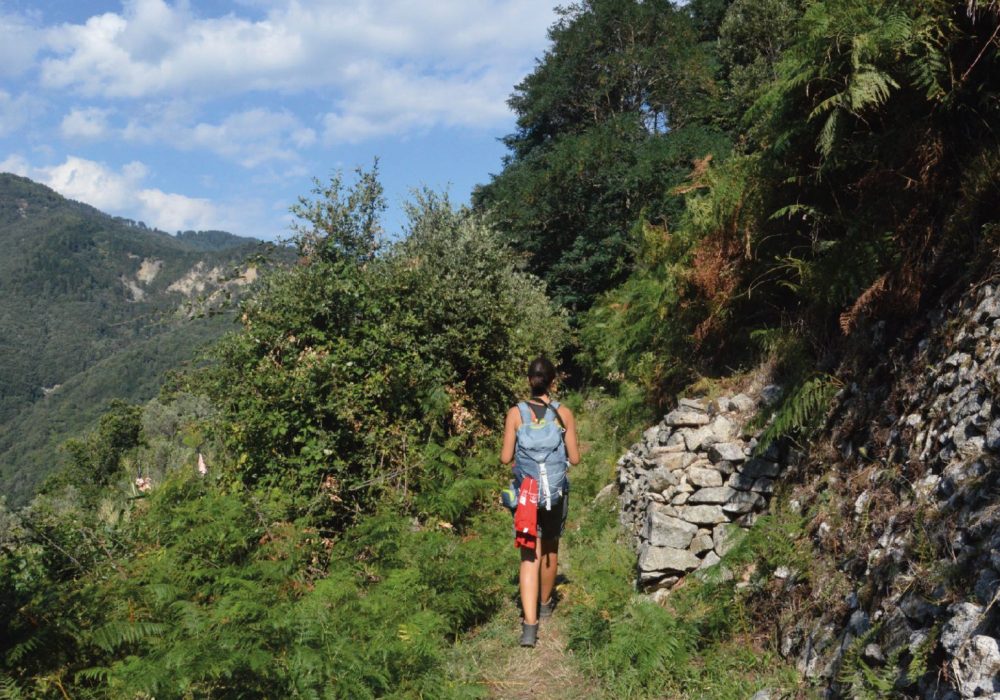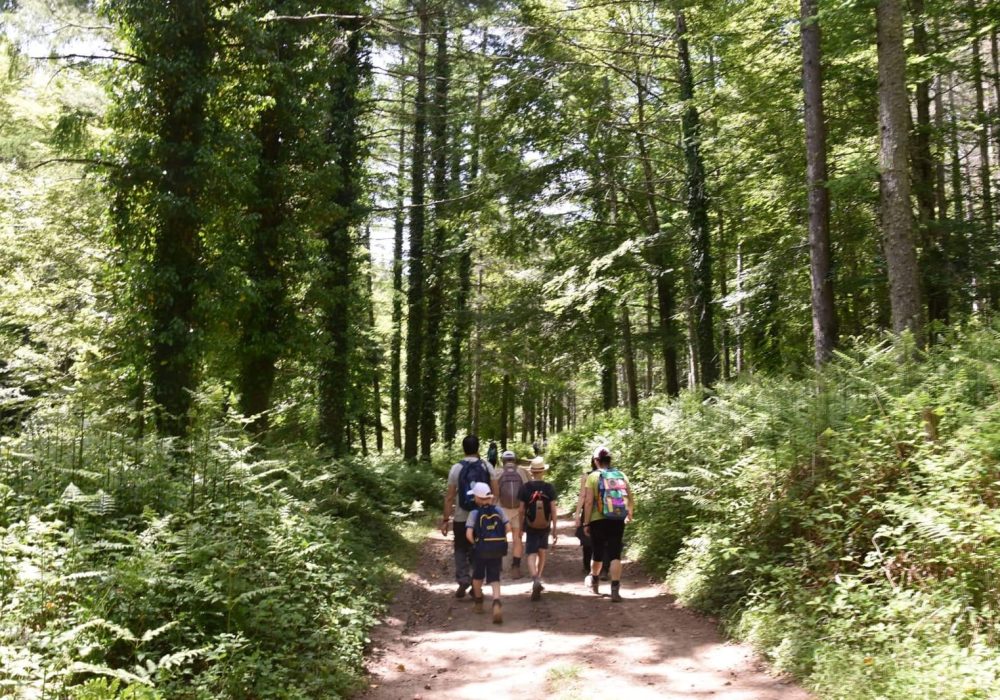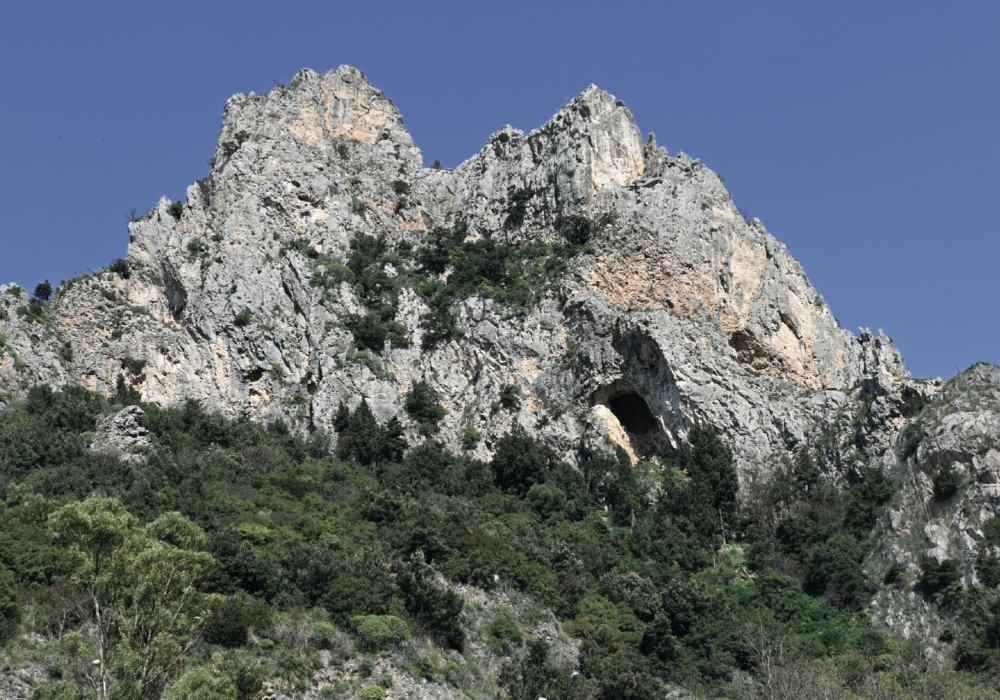Sorianello
Sorianello is one of Calabria’s characteristic nativity villages, perched on the side of a steep hill. Coming from Vibo Valentia, at night it appears from afar as an enchantment quilted with a thousand twinkling lights that decorate the darkness. With Sorianello, the visitor comes across, once again, places linked to the great historical event of Saint Bruno of Cologne and Carthusian monasticism. In fact, according to a local tradition, it was near the present town that the saint would have found welcome refuge and rest under an olive tree during his travels between the hermitage of Santa Maria della Torre (today Santa Maria del Bosco in Serra San Bruno) and the Norman court of Mileto. Due to the interest of the Certosa of Serra San Bruno and the local archpriest Don Domenico Cannatelli, a small church was built in memory of those distant events and dedicated, as is the entire locality, to St Bruno. This is also the area of the ‘Valley of the Mills’, which documents an important history of productive settlements and industrious activities with its recovered artefacts offered to visitors. The windmills, the oil mill, the old aqueduct, the leather processing vats form an evocative example of industrial archaeology, which in Sorianello is combined with an intense spiritual legacy. However, a visit to Sorianello does not end with these places. Also worth seeing are the church of San Giovanni Battista (containing a wooden crucifix attributed to the German sculptor David Müller, active in the 17th century at the Certosa di Serra) and the church of Santa Maria del Soccorso, with its 18th-century high altar of Neapolitan workmanship and tabernacle of the Sicilian school originally located in the church of San Domenico in Soriano. Finally, in the lower part of the town, the visitor will find the Church of San Nicola, the oldest in the town, of whose layout before the 1783 earthquake there remains a chapel (with a marble altar inside), the remains of the floor and the bell tower, not forgetting a later wooden statue of the Madonna della Salute (1854) and the small museum housing some paintings of the Neapolitan school.
